An Overview of Conductive cloth tape
Conductive cloth tape is a specialized adhesive tape designed to conduct electrical current. Combining the mechanical properties of cloth with the conductive properties of metals, this tape finds applications in various industries, including electronics, telecommunications, automotive, and construction. This overview delves into its composition, types, applications, benefits, and limitations.
Table of Contents
1. Introduction to Conductive Cloth Tape
Conductive cloth tape is an advanced adhesive tape engineered for applications requiring electrical conductivity. It typically consists of a cloth backing, usually made from woven or non-woven fabrics, coated with a conductive layer. This layer often includes metal particles or conductive polymers, enabling the tape to conduct electricity.
1.1 History and Evolution
The development of conductive fabric tape stems from the need for a versatile, durable, and electrically conductive material. Initially, conductive tapes were used primarily in the aerospace and defense industries, but their use has expanded as electronics and telecommunications have become more integral to everyday life.
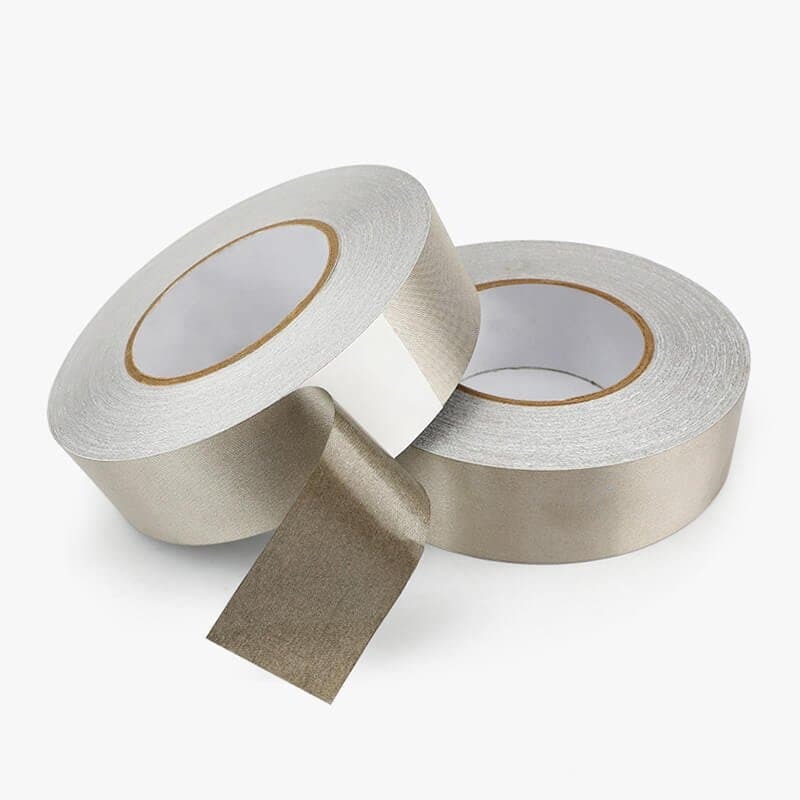
2. Composition and Types
2.1 Cloth Backing
The backing of conductive cloth adhesive tape is made from various cloth materials, including:
- Woven Fabrics: Typically made from fibers like polyester or nylon, woven fabrics offer high tensile strength and durability.
- Non-Woven Fabrics: These are made from fibers bonded together by chemical, mechanical, or thermal means. Non-woven backings are often more flexible and conformable compared to woven types.
2.2 Conductive Layer
The conductive layer of the tape is what gives it its electrical properties. It can be made from:
- Metal Particles: Commonly aluminum, copper, or silver particles embedded in a resin matrix. These particles create pathways for electrical current.
- Conductive Polymers: Materials like carbon or polyaniline are used to provide conductivity. They are typically applied as a coating or integrated into the adhesive layer.
2.3 Adhesive Layer
The adhesive used in conductive cloth adhesive tape must be both strong and electrically conductive. Types of adhesives include:
- Acrylic Adhesives: Known for their strong bonding and resistance to environmental factors.
- Rubber-Based Adhesives: Provide excellent initial tack and adhesion but may degrade faster under certain conditions.
2.4 Types of Conductive Cloth Tape
Conductive cloth tape can be categorized based on its properties and applications:
- Electrical Grounding Tape: Used for grounding electrical components and preventing static buildup.
- Shielding Tape: Provides electromagnetic interference (EMI) and radio frequency interference (RFI) shielding.
- Heat-Resistant Tape: Designed to withstand high temperatures while maintaining its conductive properties.
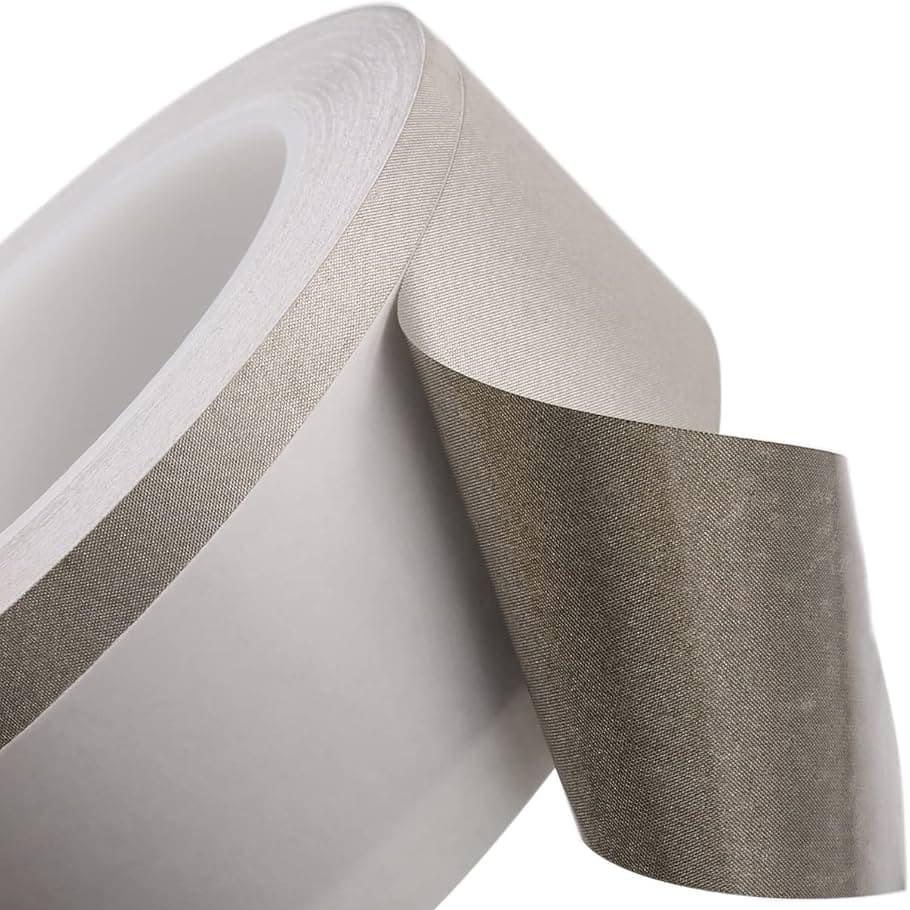
3. Applications of Conductive Cloth Tape
3.1 Electronic and Electrical Field
- Shielding and Isolation: Conductive cloth tape is widely used in the manufacturing of electronic and electrical products such as computers, cell phones, wires, and cables. It plays a crucial role in shielding or isolating electromagnetic interference (EMI) and radio frequency interference (RFI) during high-frequency transmissions.
- Connection and Grounding: It facilitates the connection of electronic devices and ensures reliable grounding. For instance, inside cell phones, conductive cloth tape connects different parts on the circuit board, ensuring stable current transmission and proper signal communication.
- EMI Shielding: In computer monitors, laptops, and similar devices, it is employed to shield against electromagnetic interference, thereby enhancing equipment stability and anti-interference capabilities.
- Maintenance: In electronic product maintenance, electrically conductive fabric tape serves as a temporary conductive material, assisting in the detection and repair of faulty components.
3.2 Aerospace Field
- Electrical Management: In aircraft and aviation equipment, conductive cloth tape is used to manage electrical connections, shield electronic components from electromagnetic interference, and ensure the reliable operation of flight systems.
- Shielding and Connectivity: For critical parts of an aircraft, such as navigation systems, communication equipment, and flight control systems, electrically conductive fabric tape provides electromagnetic shielding and conductive connections, contributing to overall flight safety.
3. 3 Automotive Field
- Electromagnetic Shielding: In automotive electronic systems, including engine control systems, in-car entertainment systems, and sensors, conductive cloth tape shields against electromagnetic interference to ensure accurate signal transmission and system functionality.
- Wiring Harness Protection: It is used in wiring harness packaging to secure and protect the wiring harness, while also preventing electromagnetic interference between harnesses.
3.4 Communication Field
- Signal Integrity: Conductive cloth tape is essential in shielding communication equipment and cables from electromagnetic interference. It maintains signal integrity and ensures accurate and stable data transmission, being particularly prevalent in base station equipment and communication cables.
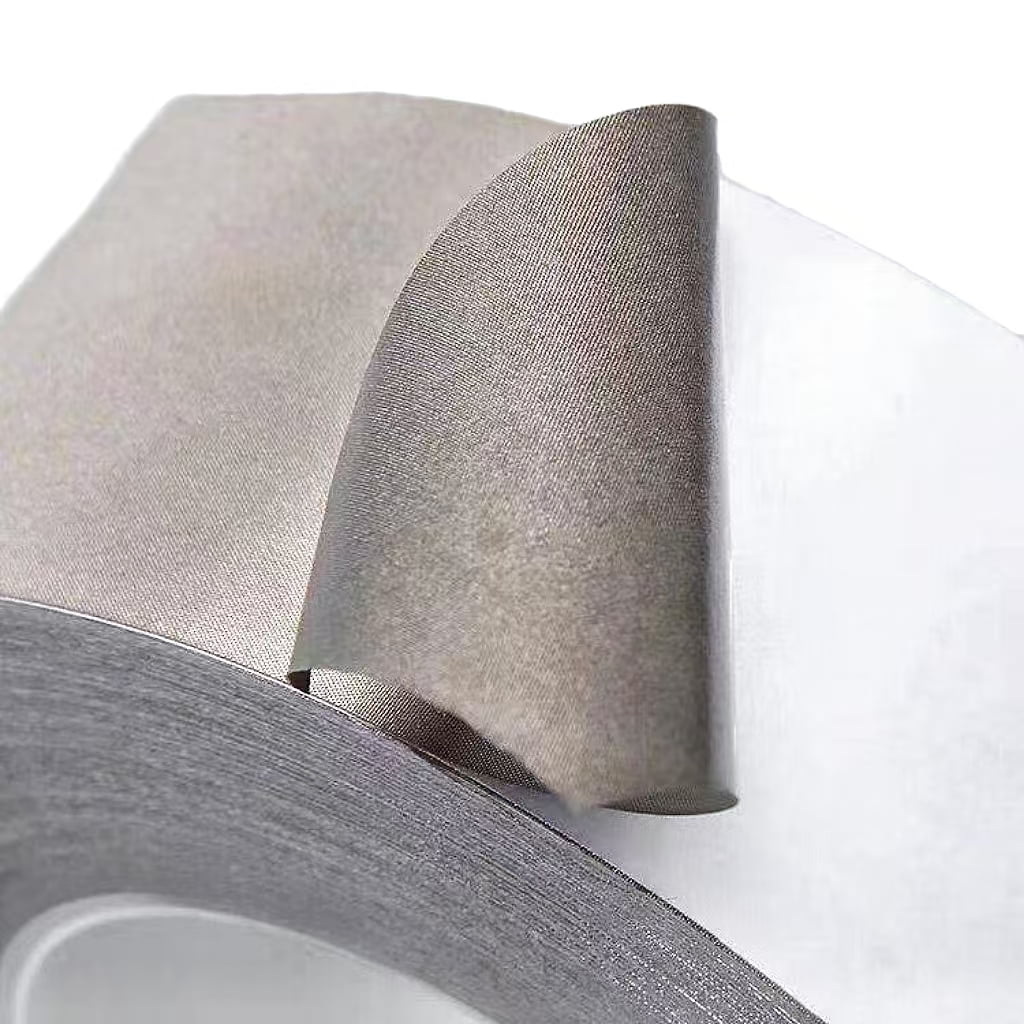
3.5 Industrial Field
- Grounding and Shielding: In industrial equipment and automation control systems, conductive cloth tape is used for grounding and shielding to prevent EMI and maintain equipment performance. It is applied in large machine tools, automated production lines, and power equipment to shield against external electromagnetic interference.
- Static Control: In industries like chemical processing and petroleum, it helps prevent static buildup and sparks, reducing explosion risks in hazardous environments.
3.6 Medical Field
- Electrode Connection and Shielding: Conductive tape is used in medical equipment such as electrocardiographs and electroencephalographs for electrode connections. It also provides electromagnetic shielding in various medical devices.
3.7 Consumer Electronics Field
- Internal Connection and Shielding: In consumer electronics like smartphones, tablets, and digital cameras, conductive cloth tape enhances internal connections and provides shielding to improve product performance and reliability. For example, it is used in antenna connections and camera modules.
- Peripheral Accessories: It is applied to the shielding and anti-interference of peripheral accessories, such as headphone cables and charger cables.
3.8 Shielding Clothing Production
- Protective Clothing: Conductive cloth tape can be used to manufacture professional shielding overalls for work environments with high electromagnetic radiation, protecting staff from potential hazards.
3.9 Other Fields
- Scientific Research: In research experiments, conductive cloth tape can build temporary conductive circuits.
- DIY and Crafts: It is also used in creative DIY projects and crafts, offering both conductive and decorative benefits.
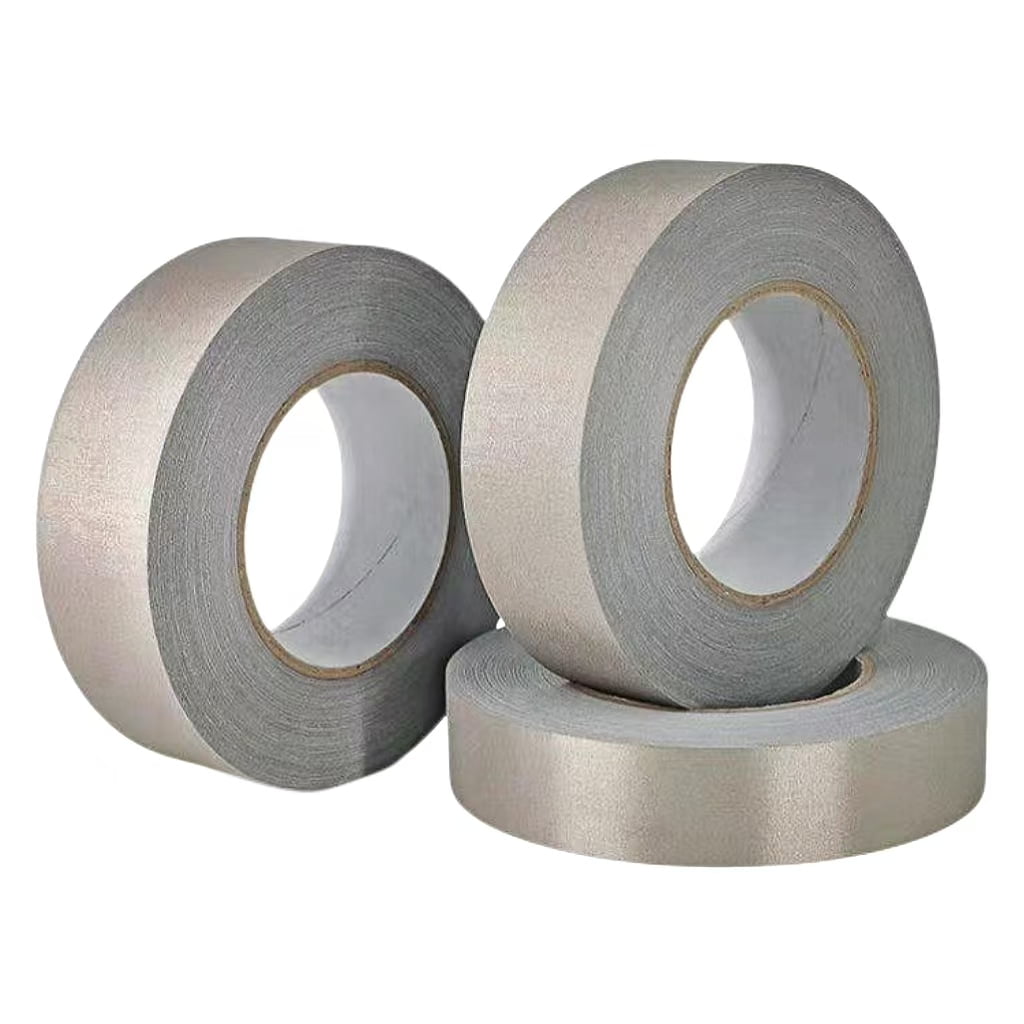
4. Benefits of Conductive Cloth Tape
4.1 Electrical Conductivity
The primary benefit of conductive cloth tape is its ability to conduct electricity. This makes it ideal for applications requiring grounding, shielding, and static control.
4.2 Durability
Conductive cloth tape is designed to withstand harsh environments, including high temperatures, chemicals, and mechanical stress. Its cloth backing provides added strength and durability.
4.3 Flexibility and Conformability
The cloth backing allows the tape to conform to irregular surfaces and contours, making it suitable for complex assemblies and applications where flexibility is important.
4.4 Ease of Application
Conductive cloth tape is easy to apply, with a self-adhesive backing that sticks securely to various surfaces. This ease of application reduces labor and installation time.
4.5 Versatility
With its range of types and properties, conductive cloth tape is versatile and can be used in numerous applications across different industries.
5. Limitations of Conductive Cloth Tape
5.1 Cost
Conductive cloth tape can be more expensive compared to non-conductive tapes due to the inclusion of conductive materials and specialized manufacturing processes.
5.2 Adhesive Performance
The performance of the adhesive can vary based on environmental conditions. In high-temperature or highly corrosive environments, the adhesive may degrade faster.
5.3 Electrical Resistance
While conductive cloth tape provides electrical conductivity, its resistance can vary depending on the thickness and type of conductive layer used. For applications requiring very low resistance, alternative solutions may be needed.
5.4 Surface Preparation
For optimal performance, surfaces should be clean and free from contaminants before applying conductive cloth tape. Improper surface preparation can affect adhesion and conductivity.
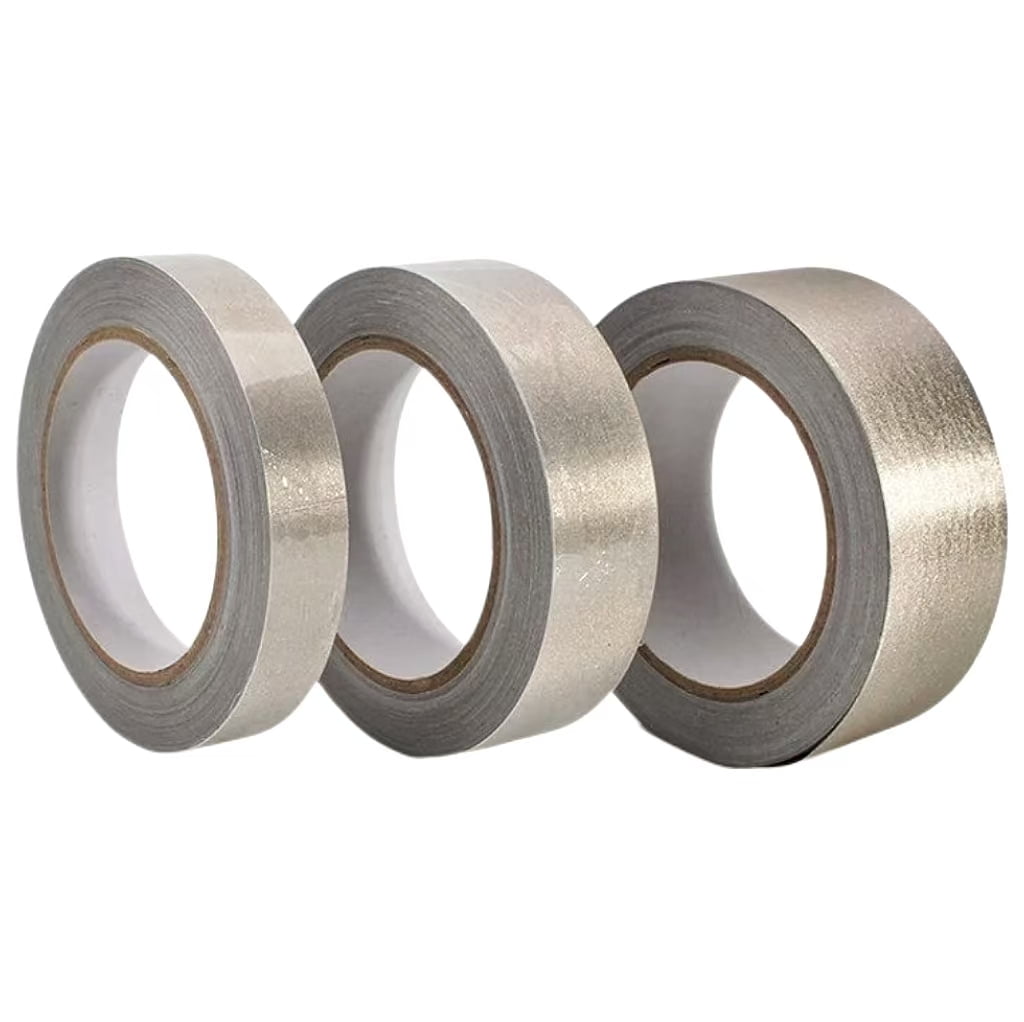
6. Installation and Maintenance
6.1 Preparation
Ensure that the surface is clean, dry, and free from dust or oils. This helps in achieving maximum adhesion and conductivity.
6.2 Application
Apply the tape by pressing it firmly onto the surface. For optimal results, use a roller or similar tool to ensure good contact and adhesion.
6.3 Inspection
Regularly inspect the tape for signs of wear or damage. This is especially important in critical applications where tape integrity is essential for performance.
6.4 Replacement
Replace the tape as needed to maintain its functionality. In environments with high wear or extreme conditions, more frequent replacement may be required.
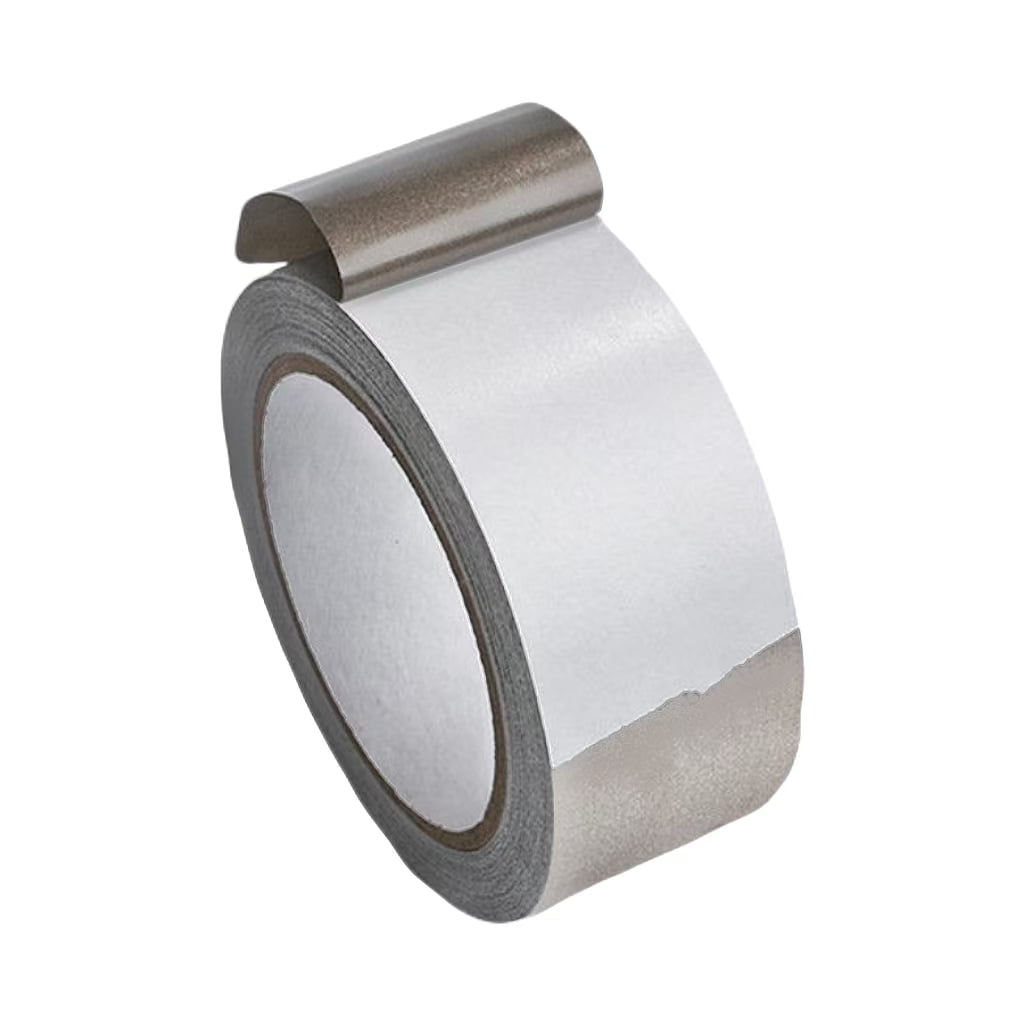
7. Future Trends and Innovations
7.1 Advanced Conductive Materials
Research is ongoing into advanced conductive materials that offer improved performance, such as higher conductivity or better environmental resistance. Innovations in nanotechnology and material science may lead to new types of conductive cloth tape with enhanced properties.
7.2 Smart Conductive Tapes
The integration of smart technologies into conductive cloth tape could enable features such as self-healing, real-time monitoring, and adaptive conductivity. These innovations could expand the applications and capabilities of conductive cloth tape.
7.3 Sustainable Solutions
As environmental concerns grow, there is increasing interest in developing sustainable and eco-friendly conductive materials. Future conductive cloth tapes may incorporate recyclable or biodegradable materials.
8. Conclusion
Conductive cloth tape emerges as a crucial element in numerous contemporary applications, offering indispensable electrical conductivity, remarkable durability, and outstanding flexibility. Its applications span across a broad spectrum of industries, ranging from electronics and telecommunications to automotive and aerospace sectors. Comprehending its composition, applications, advantages, and limitations empowers users to make well-informed decisions and optimize its performance in diverse settings.
As technology continues to evolve, advancements in materials and innovative applications will incessantly enhance the capabilities of conductive cloth tape, guaranteeing its relevance and effectiveness in fulfilling the requirements of various industries.If you need conductive cloth tape or other conductive tapes,such as copper foil or aluminum foil tape,please contact us immediately.